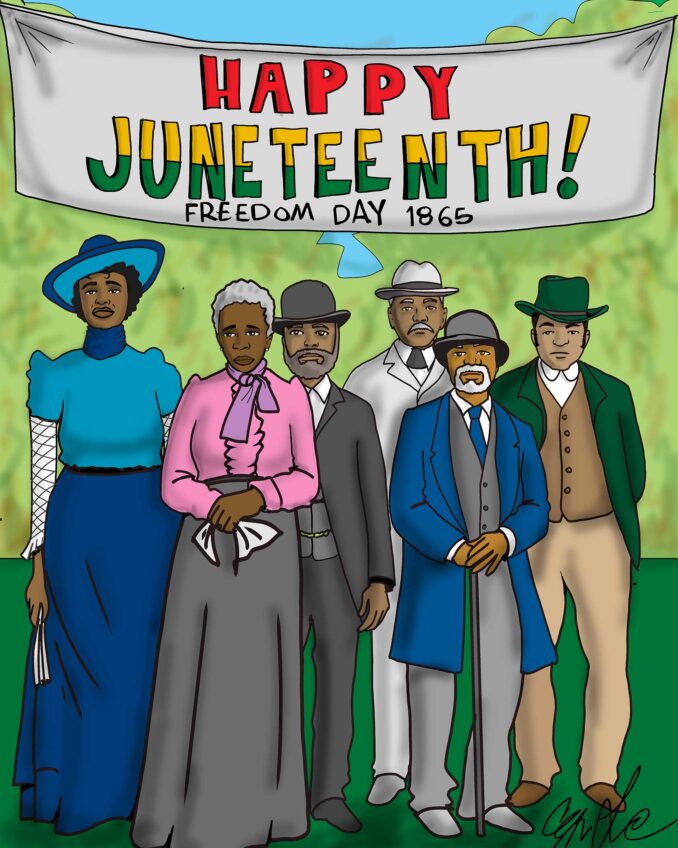
The number of black-owned businesses increased by triple the national rate from 2002 to 2007, in the five years before the Great Recession. That growth spurt still did not bring the number up to a rate comparable to the size of the black population. Black firms are now only 7 percent of the total, even though 12 percent of all adults are African American, according to the U.S. Census Bureau. One reason for this disparity is that there has not been a level playing field. The 1919 Elaine Massacre is an example of the extreme violence sometimes deployed to maintain the white competitive advantage. Its legacy lives on to this day.
Phillips County, Ark. is cotton country. Sharecroppers farm the fields and plantation owners finance the cost of seed, harvesting and other expenses. When the crop is sold, landowners recover their investment and divide profits with the sharecroppers according to their agreement. The problem is that the transactions lack transparency. The white landowner has the authority to take control of the crop, arrange for the sale, and deduct expenses without satisfying the sharecropper about the accuracy of the accounts.
These transactions were often asserted to be insufficiently profitable, thus failing to allow sharecroppers to emerge from debt. It was deemed to be illegal for sharecroppers to move on from an arrangement with a landowner as long as there was still outstanding debt. Simply by fudging the numbers, plantation owners could artfully create a condition of neo-slavery.
In 1919, sharecroppers met near the town of Elaine in Phillips County to establish a better system for selling their crops to prevent the exploitation by the plantation owners. The founder of the Progressive Farmers and Household Union met with about 100 sharecroppers. Whites who objected to blacks organizing attended and caused a ruckus. One of the white men was shot and killed. The call went out that blacks had assembled to kill all whites.
Armed whites from Phillips and neighboring counties came to Elaine and opened fire on any blacks they encountered. At the end of the massacre, five whites were killed and 243 blacks were shot or lynched, according to the report on “Lynching in America” by the Equal Justice Initiative. The only ones arrested and prosecuted were 115 African Americans. A quick trial with an all-white jury convicted 12 blacks and sentenced them to death for murder.
The Arkansas governor, Thomas McRae, freed most of the remaining black prisoners who were spirited out of the state so they would not be lynched. A local black lawyer and businessman, Scipio Africanus Jones, handled the cases of the 12 condemned men, with assistance from the National Association for the Advancement of Colored People. He appealed the convictions to the U.S. Supreme Court.
The first branch of the NAACP was established in Boston; Moorfield Storey, a Roxbury born descendant of the early puritan settlers, was its president. It was decided that Storey, with assistance from Jones, would handle the case before the Supreme Court. Storey had graduated from Harvard College and the Law School and was an experienced lawyer. He and Jones won the case.
What precipitated the Elaine Massacre was the temerity of black sharecroppers to consider establishing a cotton cooperative to sell their crops at a better price and avoid being cheated by plantation owners. By their actions the white landlords disrupted private enterprise and the free market system. They made it very dangerous for blacks in Phillips County to establish a more profitable marketing plan.
The Elaine Massacre cannot be dismissed as an aberration. Two years later whites in Tulsa, Okla. attacked Greenwood, the well-developed section of town that was one of the nation’s wealthiest black communities. The death toll was even higher than in Elaine, and homes and businesses were destroyed by fire. The provocation for the assault was a rumor that proved to be false.
There were other smaller racial conflicts across the country, but it became clear that competing successfully against white businesses in some areas could be fatal. The risk factor for black entrepreneurs became excessive. Consequently, the growth of black business has had a late start, and this risk factor, if less deadly, is no less real.






